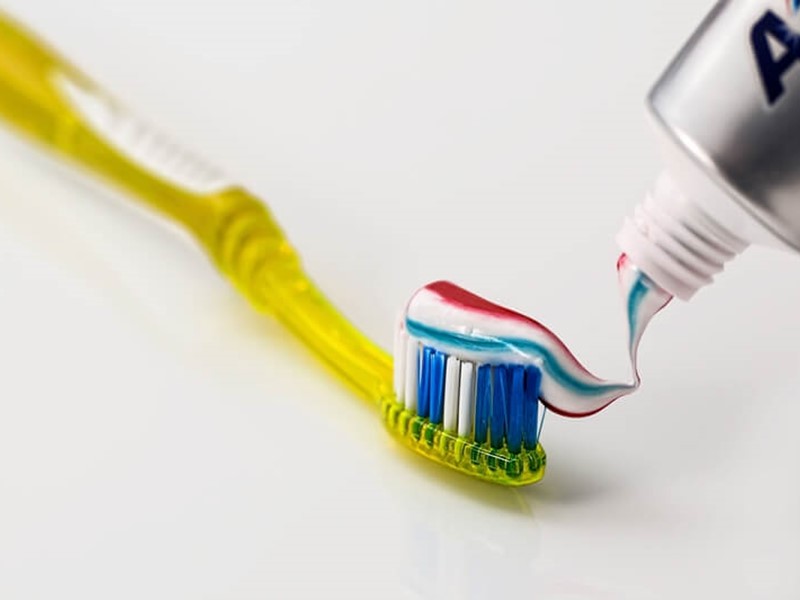Is it Possible to Over-Brush?

As kids, we’re constantly nagged by parents and dentists to frequently brush our teeth. But is there a limit? Or is this a case of “too much of a good thing is a bad thing?” The truth is, it is definitely possible to over-brush, and here is why you should avoid it.
Tooth Abrasion
Over-brushing falls under two main categories: time and method. How much time you spend brushing your teeth and your method of brushing both play major roles in your overall dental health. Tooth abrasion is what occurs when the enamel is worn down on the tooth by outside forces such as toothbrushes and toothpaste. When overdone (whether by how vigorous or how frequent) the enamel is slowly worn away.
What is Tooth Enamel?
Tooth Enamel is the porous, yet hard outside layer of your teeth that also happens to be the strongest mineral in your body. When the enamel is worn away, long-term and even life-long effects are bound to follow suit. Some of these effects include sensitivity on varying degrees, deep grooves on the teeth, decay, infection, and even tooth loss.
Gum Recession
Just as serious as tooth abrasion is gum recession. One cause of gum recession can occur when teeth are cleaned in an overly-aggressive manner. The roots of teeth do not have the same strong enamel protection as the crowns do, so when the gum line recedes, that part of your teeth is even more susceptible to sensitivity and decay.
How Much is Too Much?
The recommended time for brushing your teeth is two minutes at a time, twice a day. Some people prefer to brush their teeth after every meal, or to freshen up mid-day. This is generally fine, as long as the two-minute rule is being acknowledged and followed. It is also possible to brush your teeth with too much force. Just as the old saying goes, slow and steady wins the race. Check out our guide to brushing your teeth the correct way here.
So the answer is yes, it is possible to over-brush your teeth. It’s important to moderate how frequently you brush your teeth, as well as to perform the correct method each time in order to avoid the risks of tooth abrasion and gum recession.
